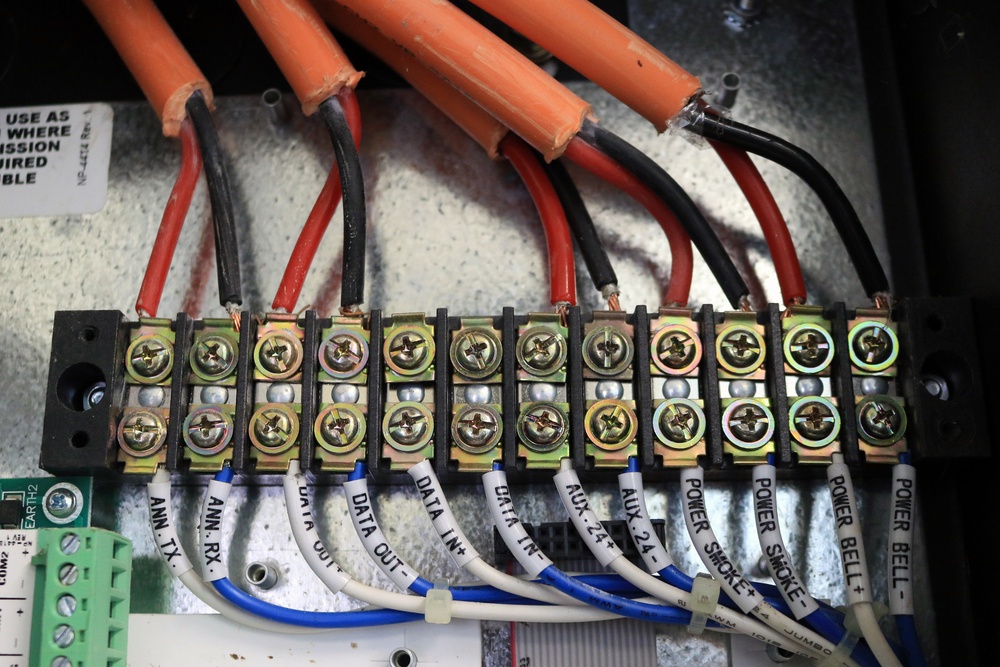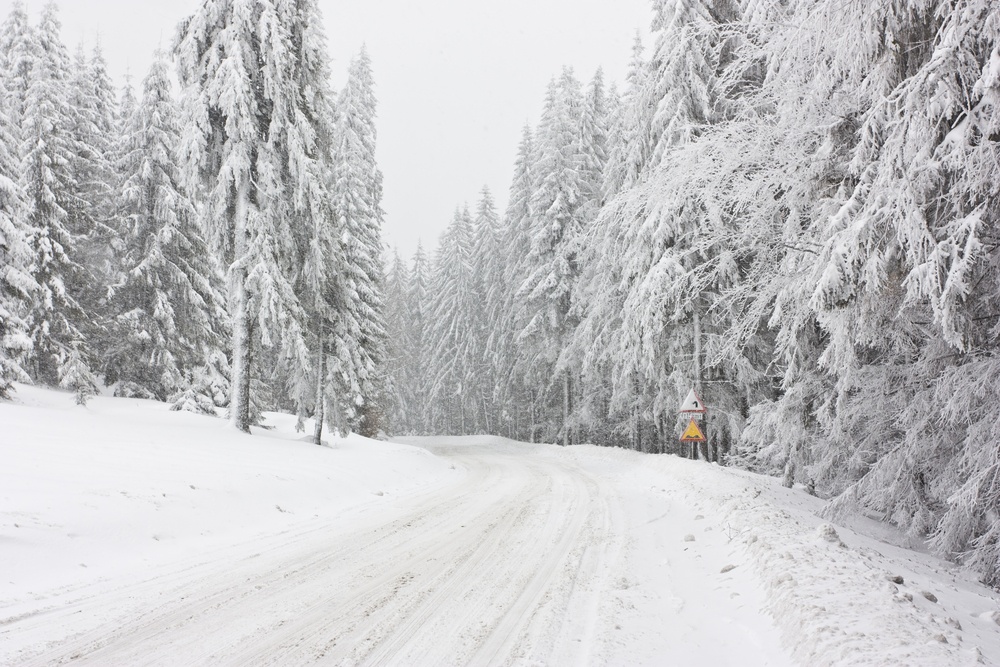 Some types of problems in the home are easier to spot than others. It’s easy to notice things like broken windows, a faucet that won’t stop dripping, or a furnace that suddenly stops working. But when part of your home is something that’s typically hidden behind walls, like your electrical wiring, it’s a lot harder to know when there’s a problem. But if there’s a problem with your home’s electrical wiring that doesn’t get taken care of, it can potentially cause a fire. So, how can you tell if there’s something wrong with your electrical wiring?
Some types of problems in the home are easier to spot than others. It’s easy to notice things like broken windows, a faucet that won’t stop dripping, or a furnace that suddenly stops working. But when part of your home is something that’s typically hidden behind walls, like your electrical wiring, it’s a lot harder to know when there’s a problem. But if there’s a problem with your home’s electrical wiring that doesn’t get taken care of, it can potentially cause a fire. So, how can you tell if there’s something wrong with your electrical wiring?
Lots of Tripped Breakers or Blown Fuses
Making an occasional trip to the circuit breaker or fuse box to replace a blown fuse or fix a tripped circuit is not a big deal. This just means your circuit breaker/fuse box is doing its job in preventing your electrical circuits from being overloaded. But if your circuit breaker trips frequently or you’re blowing several fuses per month, that’s a big red flag. This could be a sign that your home’s electrical system isn’t designed to handle the amount of electricity you need, that there’s a short somewhere in your wiring, or that your circuit breaker/fuse box is getting old and worn out.
Flickering Lights
Have you noticed that your lights flicker or get dimmer while you’re running another appliance, like the washing machine or dishwasher? Electrical lights tend to use relatively little power compared to most other appliances, so if you notice that your lights flicker or dim when you’re using other appliances, it might indicate that there’s a lot of stress being placed on that circuit. It might also be a sign that a wiring connection to your light fixture has come loose. In either case, calling an electrician can help solve the problem.
Do You Hear Something?
When electrical wiring is in good working order, it won’t make any noise when it’s being used. But if you hear a buzzing, popping, or crackling noise coming from an electrical outlet, stop using it immediately, turn off the power to that circuit, and call an electrician right away. If you’re actually seeing sparks coming from an outlet or circuit breaker/fuse box, you definitely need to call an electrician immediately.
Hot Outlets and Switches
If you touch an electrical outlet or switch with your hand, does it feel warm or hot? Some types of electronics or appliances will get warm if they’ve been plugged in for a while, but light switches and electrical outlets themselves should not. An electrical outlet should also never look burnt or scorched. If you’ve noticed this, give an electrician a call so they can come out and see what’s causing the problem.
The Smell of Burnt Plastic
Burning plastic has a very distinctive smell. If you’ve noticed this smell around your house, but aren’t sure where it’s coming from, there’s a good chance it might be coming from your electrical wiring and you should call an electrician.
These are just a few of the biggest warning signs to watch out for. Of course, if you’re able to see frayed or damaged wiring, that’s another big sign you need to have an electrician come out to your home. But if you live in an older home, you may want to consider having an electrician come out to evaluate your system. Even if you haven’t noticed a problem, there may be things that could be done to make your system safer and more in line with modern code standards.









